
Everybody has heard the figures regarding the Internet of Things by now. This is a technology that is changing almost every industry that you can think of and even creating new industries and several new jobs. Some of the figures that are often quoted in the media are –
- $11.1 trillion per year in economic impact by 2025 (McKinsey & Company’s Global Institute)
- Connected devices will increase from 25 billion in 2015 to 50 billion by 2020 (Cisco).
- Global IoT market will grow to $7.1 trillion by 2020 (IDC).
[workshop_avnet_march]
We have already covered the top five myths related to IoT and the eight simple steps you can take to start implementing IoT in your organization. But some tech watchers are now claiming that the whole IoT movement has been overhyped, and in fact, we are in a tech bubble similar to the one in the late 90s.
In this blog post, we will be presenting you with 10 unusual uses of IoT solutions to show you how widespread the technology is and how it is helping people and companies where you would least expect it.
10. Smart bottles for Johnnie Walker.
Johnnie Walker’s parent company Diageo is experimenting with smart bottles to deliver targeted marketing messages and address consumer concerns about counterfeit products.
The “smart bottles” have NFC-tagged labels to the bottles and each label has been coded with information about the bottle that cannot be tampered with since the tags have a seal detection. The consumer can just tap his smartphone to the bottle and he will be directed to content on the web or mobile app. He can then see information on when and where it was produced, get cocktail recipes and also receive personalized offers from the company.
9. Fitness trackers for dogs
Whistle, which is often described as the “Fitbit” for dogs, has been around for two years and has received substantial funding from investors so far. Its activity tracker is a small disc object that can fit into any dog collar and is already widely available in pet stores. Its other product line includes the WhistleGPS, a tracker that uses both GPS and special cellular technology. This makes it very useful for tracking lost pets.
8. Fan jerseys that help viewers get an immersive game experience
Sports fans will soon be able to experience what their favorite player is going through with the Alert Shirt from Wearable Experiments. The company has already launched its product in the market, which is a combination of hardware, software and fashion design. The immersive experience for the viewer is made possible by having the player wear a similar shirt which sends data that is transmitted via a smartphone app to the electronics within the viewer’s jersey.
This data is then converted into powerful sensations that simulate what the player is experiencing in real-time.
7. Smart diapers
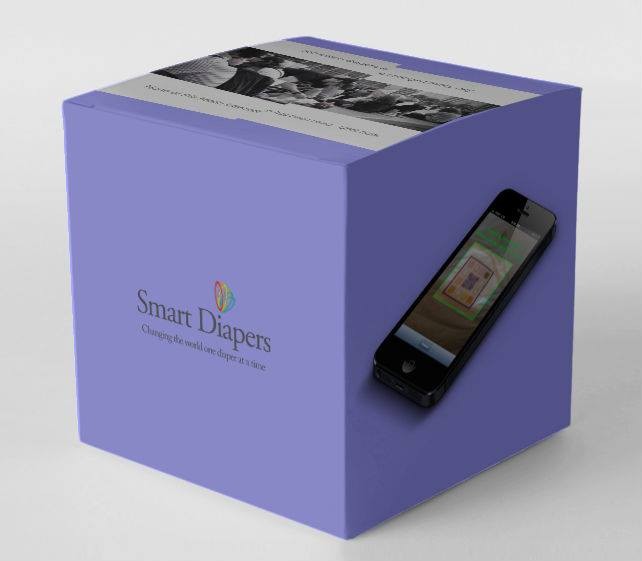 Image Source: http://www.gizmag.com/
Image Source: http://www.gizmag.com/
There are actually several companies working on making this product and have had various degrees of success. One of them is Pixie Scientific which is working on creating a smart diaper for not just children but also adults living in assisted living facilities. The basic premise of all these companies is the same – alerts sent to the parents smartphones when the baby makes a mess. But the more advanced prototypes are also implanting sensors that can monitor for hydration levels and infections.
6. IoT to battle stinky restrooms
Students at MIT have come up with a system that lets them know which restroom is vacant and for how long. The system has been installed in the Random Hall dormitory. MIT has also installed IoT systems in the dorm’s washers and dryers which tell users which ones are available. The user just has to give his email address and he will receive an alert when the specified washer or dryer becomes available.
5. Smart sewage systems
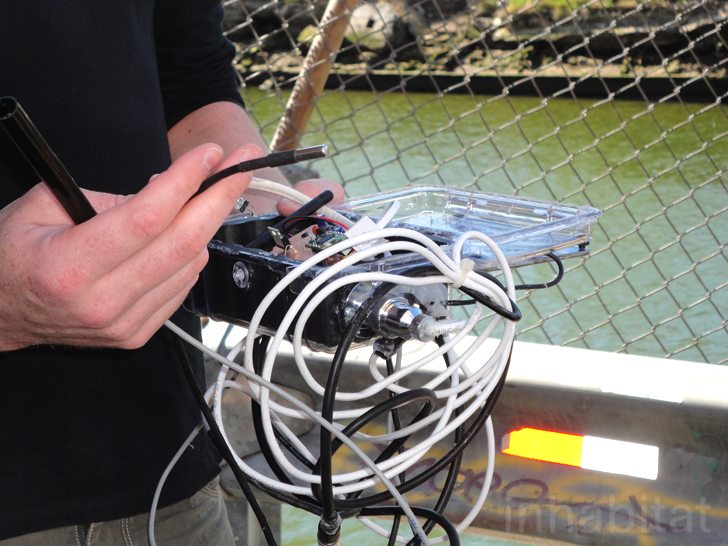 Image: http://inhabitat.com/
Image: http://inhabitat.com/
IoT is supposed to be an important factor in creating the smarter cities of tomorrow. Many cities are experimenting with smart parking solutions, smart transport systems and other such public services. But most people will not associate IoT with sewage systems.
A young man named Leif Percifield wants to change that. His project, dontflush.me, wants to raise awareness of the pollution caused by raw sewage overflow in New York City. Every year, 27 billion gallons of raw sewage is dumped in the harbor and Leif’s project aims to put a stop to that.
The Combined Sewer Overflows (CSOs) open when the sewer system is overloaded but with Leif’s system NYC residents will be able to understand when the overflows happen so that they can wait for a while before flushing (which is where the project gets its name!).
His homemade system utilizes an Arduino board, a proximity sensor and a cellphone. The idea is to measure the water level at the CSO and transmit this data to the user’s cellphone. There is much work to be done on getting the city on board with this system and implementing it, but Leif’s passion for a better drainage system shows the possibilities of IoT.
4. Smart toothbrushes
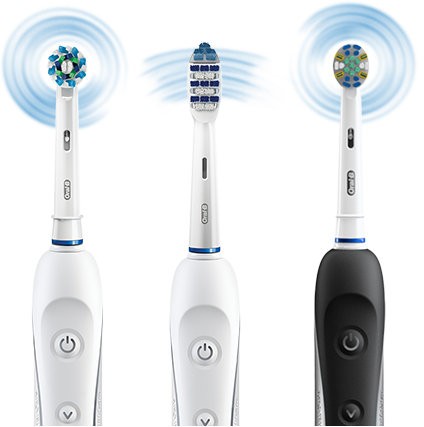 Image Source: http://www.oralb.com/
Image Source: http://www.oralb.com/
Electric toothbrushes have been around for ages, but now dental care companies are making smart toothbrushes. Oral-B and Sonicare are two companies which are already selling these products.
Oral-B Pro 5000 SmartSeries comes with Bluetooth connectivity and has garnered a lot of positive reviews. The Bluetooth makes it capable to send data to the smartphone. This data is gathered in the Oral-B app. The app has a timer which helps users track how much time they are spending on each quadrant of the mouth. The app also supplies news and weather forecasts while you are brushing your teeth. To round it off, the Oral-B app also sends you reports on how you have been brushing your teeth over the last few days.
3. Molecule analyzer
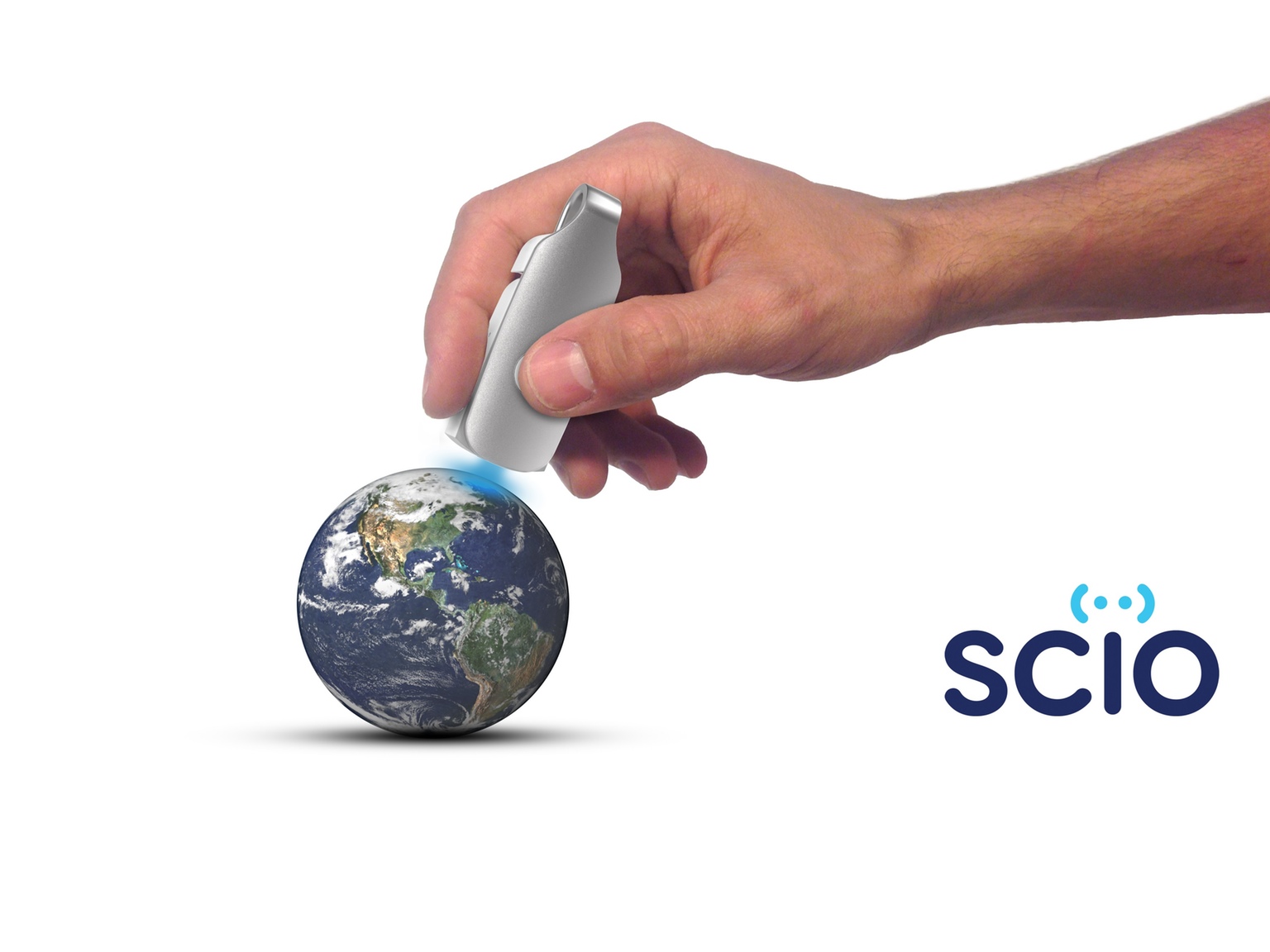 Image Source: SCiO “Tricorder
Image Source: SCiO “Tricorder
This one is more in the realm of science fiction than weird but the concept is so edgy that it ranks up at number 3 in our list. The SCiO “Tricorder” might seem familiar to Star Trek fans. Still in its Kickstarter phase, the handheld device is a portable spectrometer with which you can scan the molecular makeup of an object and get information on your smartphone. You can scan your food with it and it will tell you exactly how many calories it has. You can also use it to verify if the medicine you are taking is genuine or counterfeit.
2. Smart home brewery
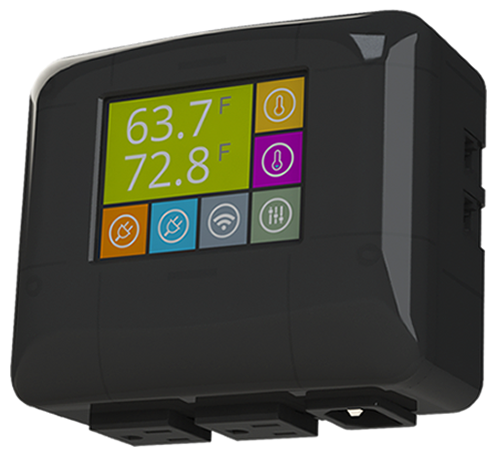 Image Source: https://brewbit.com/
Image Source: https://brewbit.com/
Beer lovers can now take their love of the beverage to the next level with this Wi-Fi enabled temperature control system. The company, Inebriated Innovations, sells the system for $300. It includes an open source Wi-Fi enabled PID controller. The PID (proportional-integral-derivative) is a control loop feedback mechanism that is widely used in a variety of industrial processes.
This allows two temperature probe inputs and will also control AC power outputs. The mobile app that comes with this allows the user to control the heating and cooling devices remotely. The end result is a better control over the temperature which helps in creating the optimum fermentation process.
1. Helping cows get pregnant.
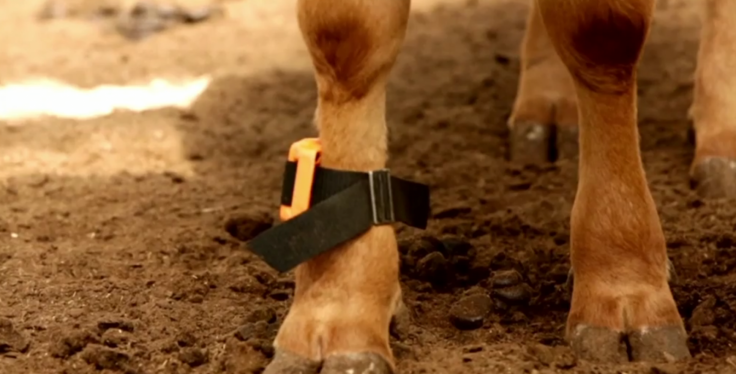 Image Source: http://www.ibtimes.co.uk/
Image Source: http://www.ibtimes.co.uk/
Fujitsu has developed a system called GYUHO in which a pedometer is strapped to the leg of the cow which helps their handlers figure out when is the best time to inseminate the cow.
When the cow is in heat, the period lasts for around 12-18 hours every 21 days, and usually happens between 10pm and 8am. At this point, the cow begins to walk around furiously and the pedometer strapped to its leg transmits this data to the farmer.
This system helps farmers know when the cow is in heat which in turn increases the chance of artificial insemination. The success rates for artificial insemination today are around 70% and a pregnancy rate of around 40%. Fujitsu claims that with its system the artificial insemination rate goes up to 95% and a resulting pregnancy rate of 67%.
These ten examples show that the Internet of Things has potential in almost every industry in ways that even the experts in that industry cannot predict. The applications of IoT are virtually limitless.
AI Workshop
Envision how your AI Journey can be in next 1-3 years from adoption and acceleration perspective.
Enroll NowNeed Help ?
We are here for you